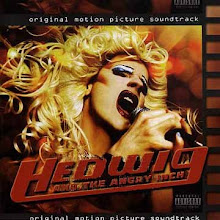
In a Radio 4 feature on British author Nicolas Monsarrat, best known for his classic novel The Cruel Sea, Monsarrat explains his relationship with the sea and its influence on his life and work. What struck me about his description was how uncannily it seemed to resonate with the Philippines, its geography, and its current role in the world as the center of a massive labor and cultural Diaspora:
"I loved the sea from the moment I put my feet in it. I think it's the most attractive element of the Earth, and it's there to be enjoyed and respected."It's the testing ground. [The sea] is what made this country a good one. I think just the fact of [the United Kingdom] being an island... [you're] voyaging outward all the time, testing yourself against the sea, and full on making a go of it. [The British] go to the sea to make a living, to test their guts against this enemy, and out of it they bring the fish and they bring the trade from exploration. And that makes true Men."
I wonder why the ocean and our seas are so absent from Philippine historiography? Surely it has played a hand in constructing our country's biography in the same way as colonialism, war, and economic crises? We are a country of natural (watery) borders, as opposed to purely political ones. Was the sea not largely responsible for the development of very different regionalisms and dialects? Did our various bodies of water not help in producing a pre-colonial culture of mobility and trade among its many islands? Is this current Filipino Diaspora just a larger scale version of the mobility that we have always had within our islands?
A thoughtful archaeologist friend (who is also a struggling PhD student currently shuttling between Manila and Cebu) is trying to push for more geographical borders to include the seascape and not just end at the coastline.
Oh well. As much as the sea might have shaped us, it still remains the long-suffering Nanny of Philippine cultural history, sitting just outside the frame of every official family portrait.

From Album Recuerdo de Maniiel. ca.1885


